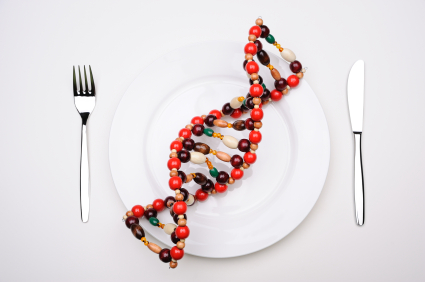 DNA testing methods are being used to solve problems in an ever-increasing number of fields. From crime scene analysis to tissue typing, from mammoths to Neanderthals, and from Thutmose I to Richard III, both modern mysteries and age-old secrets are being revealed. The availability of fast, accurate, and convenient DNA amplification and sequencing methods has made DNA analysis a viable option for many types of investigation. Now it is even being applied to solve such mundane mysteries as the precise ingredients used in a sausage recipe, and to answer that most difficult of questions “what exactly is in a doner kebab?”
DNA testing methods are being used to solve problems in an ever-increasing number of fields. From crime scene analysis to tissue typing, from mammoths to Neanderthals, and from Thutmose I to Richard III, both modern mysteries and age-old secrets are being revealed. The availability of fast, accurate, and convenient DNA amplification and sequencing methods has made DNA analysis a viable option for many types of investigation. Now it is even being applied to solve such mundane mysteries as the precise ingredients used in a sausage recipe, and to answer that most difficult of questions “what exactly is in a doner kebab?”
Identifying the meats and plant materials used in processed foods is an application of DNA analysis that has been in the news recently. In March of this year, researchers at the Johannes Gutenberg University Mainz announced a sequencing-based food testing method –“All food Seq”—which uses a whole genome sequencing/bioinformatics approach and is capable of identifying all the DNA in a food item, from the species of meat down to grains of mustard used for flavoring. This level of “molecular traceablilty” of food items could be an important tool for food testing agencies to use in investigating compliance with labeling standards, and could also have application in allergy testing. The method is made possible by fast DNA sequencing technologies and the computing power to analyze the resulting data, compare it to sequences of known species and make potential matches.
The advantage of this type of sequencing-based method is that you don’t need to know what you are looking for in order to find it. This means that, in theory, you could identify every DNA-based ingredient in a food item, provided that it had a match in your information database. Approaches for DNA analysis of food that do not require sequencing are also available, and those are used to look for DNA from specific known species in food items. Last year, a paper published in Food Control (Camma et al (2012) Food Control, 23, 400-404) described a real-time PCR-based method for the identification of pork, chicken, turkey, beef and lamb in mixed meat and processed food samples. Using PCR primers specific for each species, they were able to identify the target species in raw and cooked mixtures spiked with 1% of the target meat. DNA-based methods for meat identification are more effective on processed and cooked meats than protein-based methods, and are also more capable of distinguishing between similar species. Neither sequencing nor PCR are new technologies, but the availability of faster, more sensitive analysis methods that shorten the time to results, are now making them practical in the context of an ongoing investigation.
You may wonder why such investigations are necessary. After all, aren’t all foods required to be labeled with their specific ingredients? A recent incident in the UK involving a widespread investigation into the mislabeling of products sold as beef to a large number of suppliers illustrates the practical application of DNA testing in this context. As a result of that investigation several supermarket chains in Europe recalled ready-meals containing beef after DNA tests showed them to contain varying levels of undeclared horsemeat. From ready-made frozen meals to doner kebabs and sausages, the investigation addressed a wide range of processed, cooked and raw meats across a number of countries. It brought the subject of food labeling accuracy into sharp focus and illustrated the complexity of the food supply chain for certain food types. After the scandal, measures are being put in place in to ensure food labeling accuracy, and to institute testing to verify the content of certain meat products.
More coverage of the investigation is available these articles from the BBC and the Times.
No recipe is a secret anymore.
Isobel Maciver
Latest posts by Isobel Maciver (see all)
- 3D Cell Culture Models: Challenges for Cell-Based Assays - August 12, 2021
- Measuring Changing Metabolism in Cancer Cells - May 4, 2021
- A Quick Method for A Tailing PCR Products - July 8, 2019

Hi Isobel,
I’m so glad I am not the only one who wondered what a “doner kebab” was. I was afraid to ask…so I looked it up.
Michele
Hi Michele
It’s very British (even though its Mediterranean!) – late night after the pub, something that is rather unidentifiable!!
h
Interesting……!
Another solution looking for problems…..!
Does anyone else feel just a bit sorry for anybody in the food processing business, from spinach and strawberries to peanuts and pasta? Can any food manufacturer or processor stand up to such scrutiny? In the US we’ve known for years that x amount of rat is allowed in peanut butter. That was ignorable, but once we know the amount in grams? kg? who will be able to eat anything?! Personally hoping this is one of those pendulum swing items and soon the pendelum will move back towards center? Meantime, what to eat for dinner.